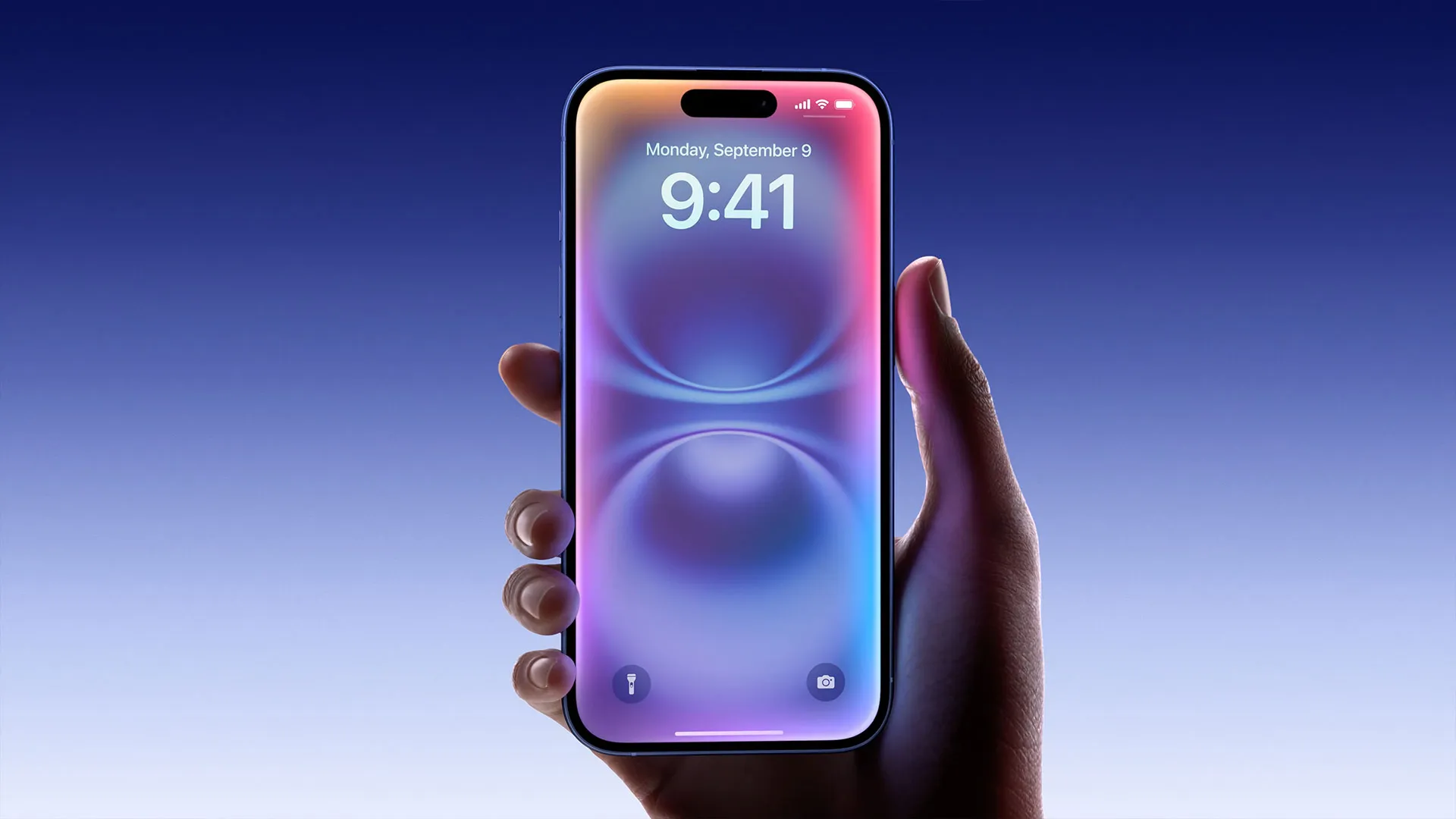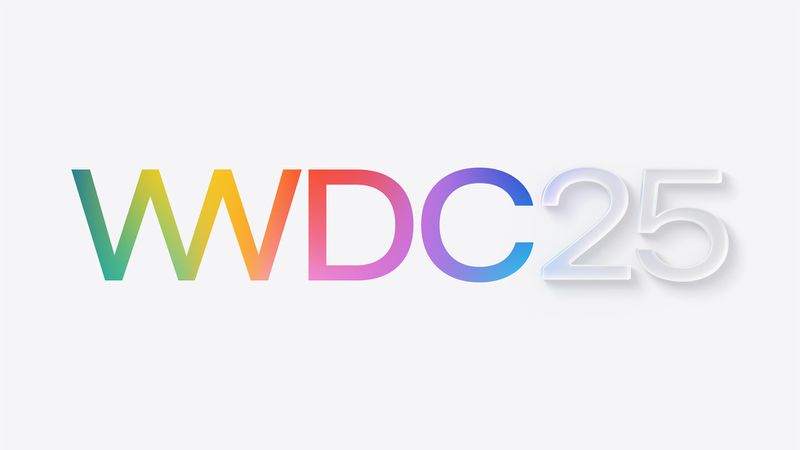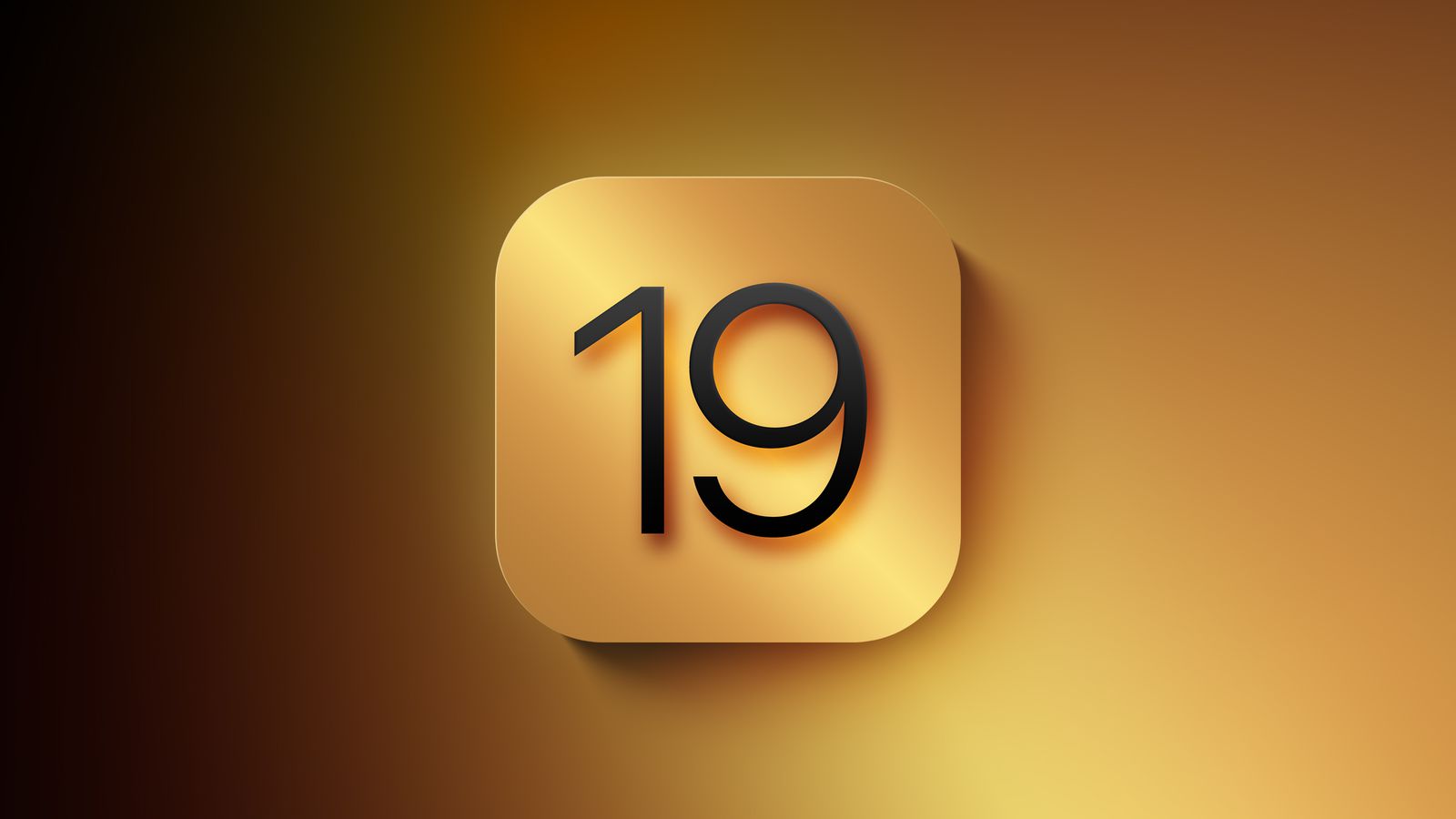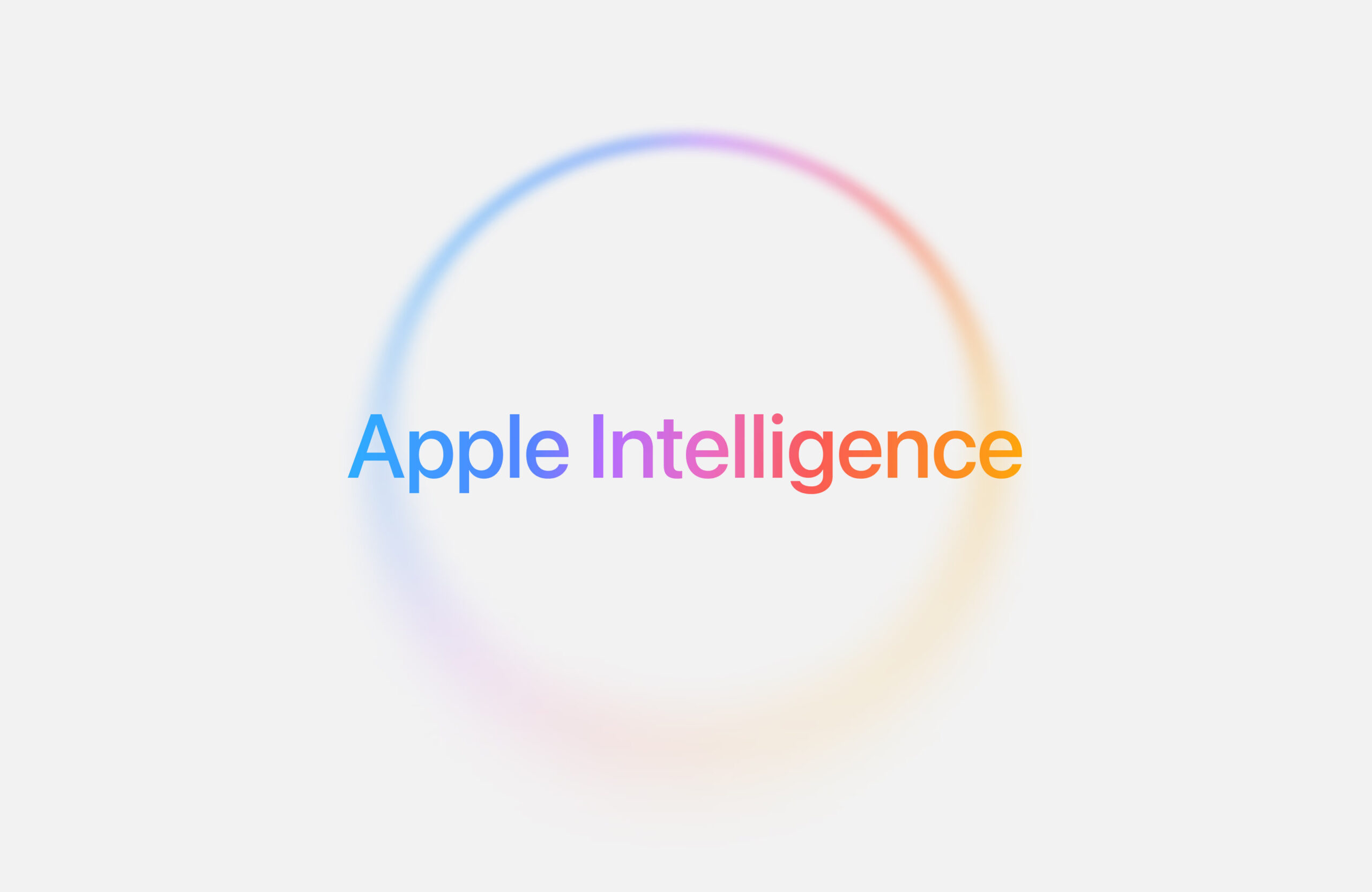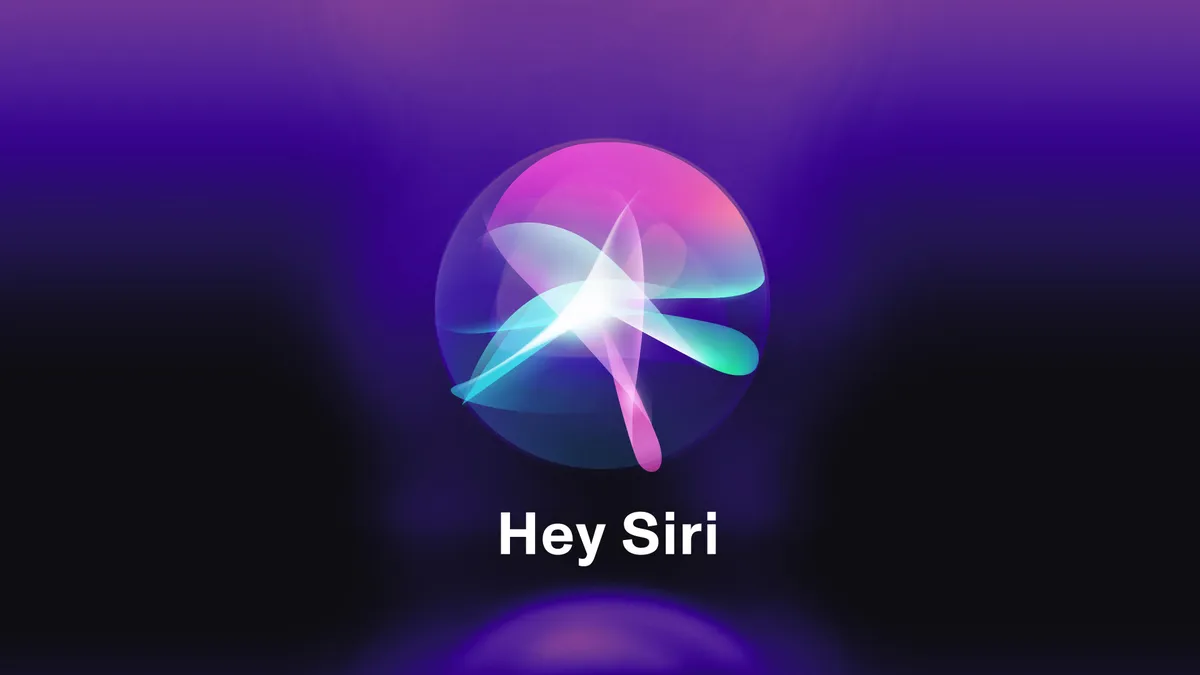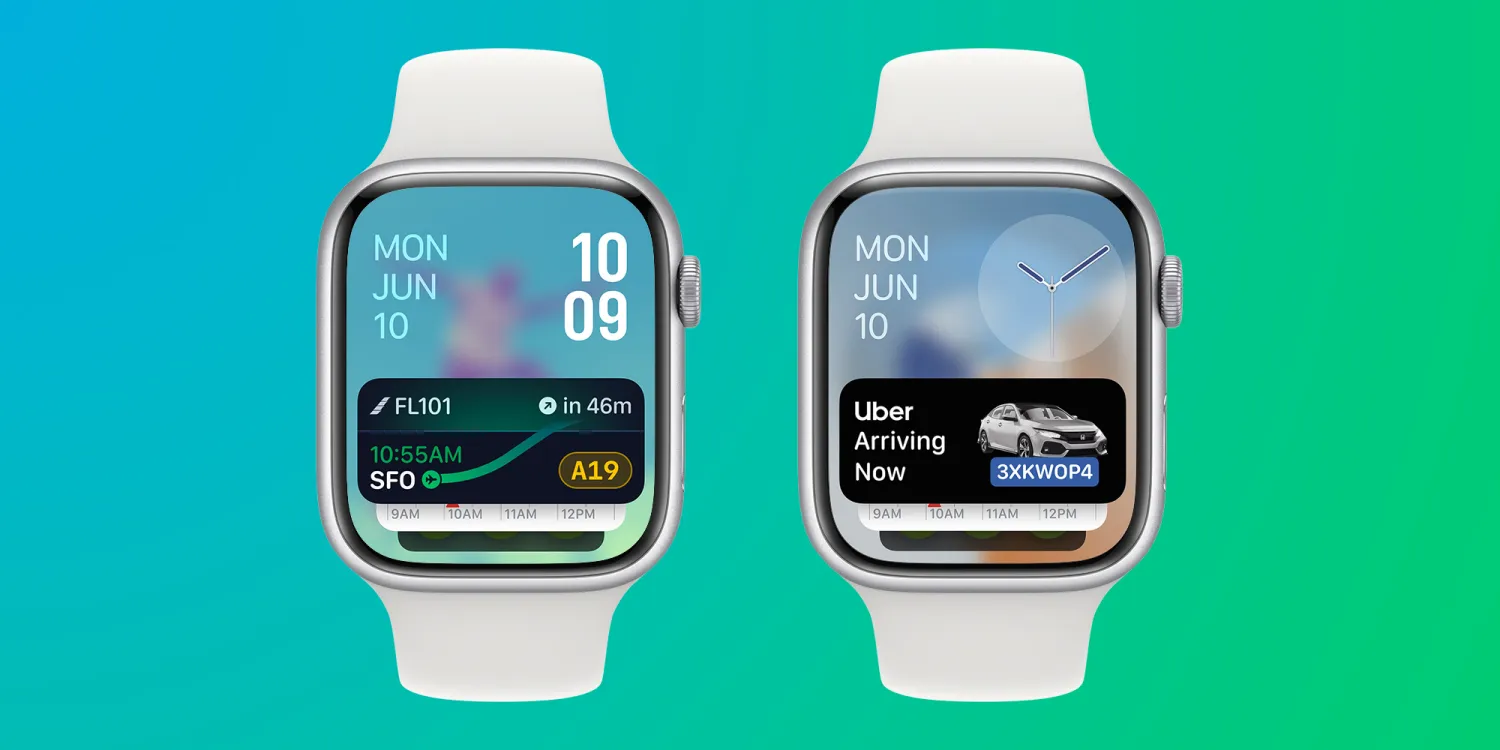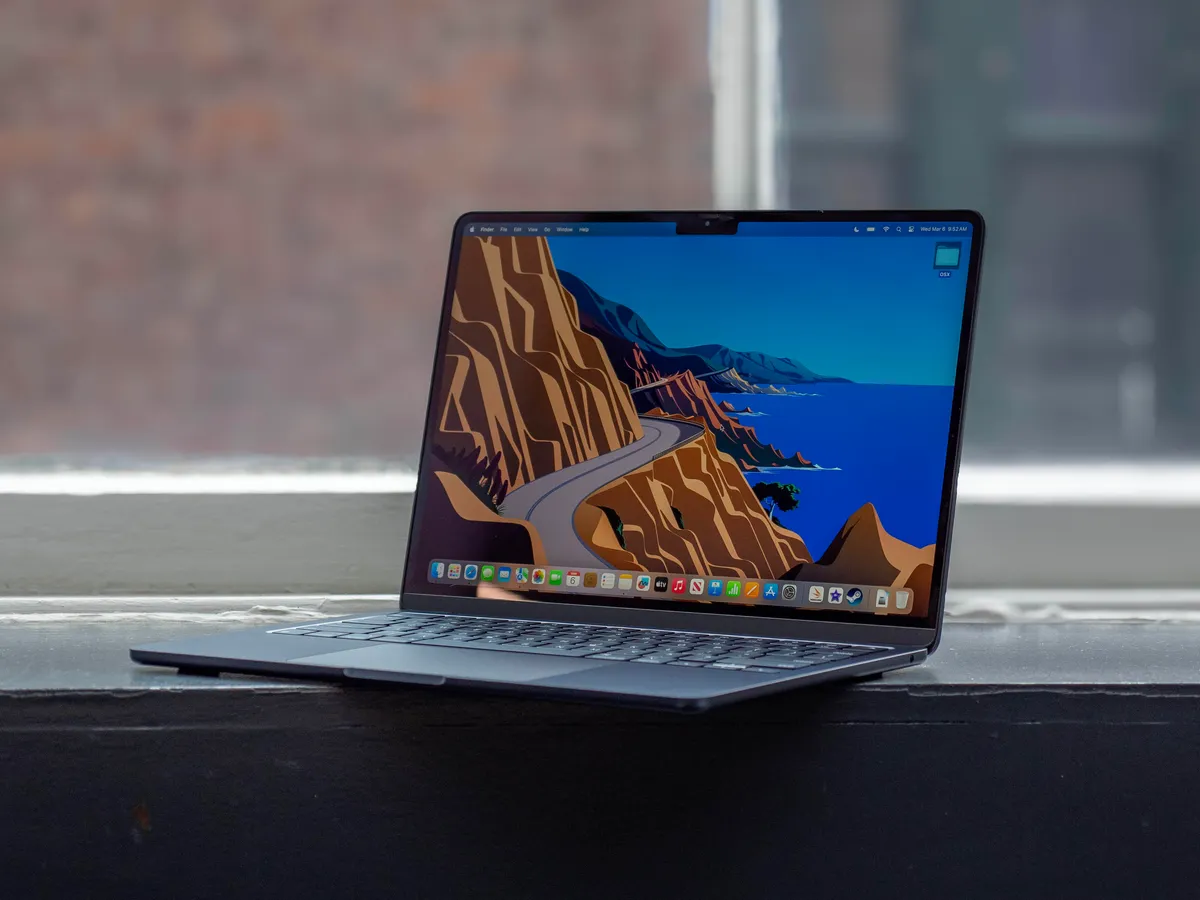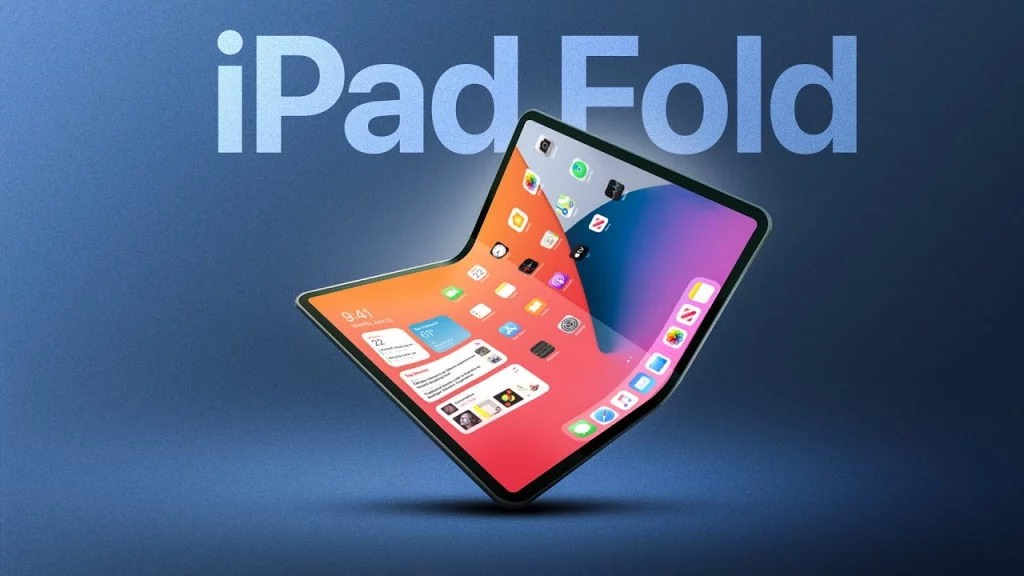Apple’s iPadOS 19 is set to bring big changes, making the iPad feel more like a Mac. This update focuses on giving users a smoother and more powerful experience, blending the best of both systems while keeping the iPad’s unique touch-based style.
One major upgrade is a revamped home screen. Now, you can place apps and widgets anywhere, just like on a Mac’s desktop. This gives you more freedom to organize your iPad the way you want. The dock is also getting smarter, suggesting apps based on what you’re doing, making it easier to switch between tasks.
Multitasking is another area getting a boost. iPadOS 19 introduces a new window system that lets you resize and move app windows more naturally, similar to how you’d work on a Mac. You can stack apps, overlap them, or spread them out, helping you stay productive on complex projects.
The Files app is becoming more robust, too. It now supports better file organization, with features like tagging and quick previews, so you can find and manage documents without hassle. This update makes the iPad a stronger tool for work, rivaling laptop capabilities.
For creatives, iPadOS 19 enhances Apple Pencil support. New tools in apps like Notes and Procreate make drawing and writing feel more precise, perfect for artists and note-takers alike. While iPadOS 19 borrows ideas from macOS, it still shines as a touch-first system. The update keeps the iPad’s ease of use but adds power for those who want more. Apple is expected to share more details at WWDC 2025, with a release likely in the fall.

